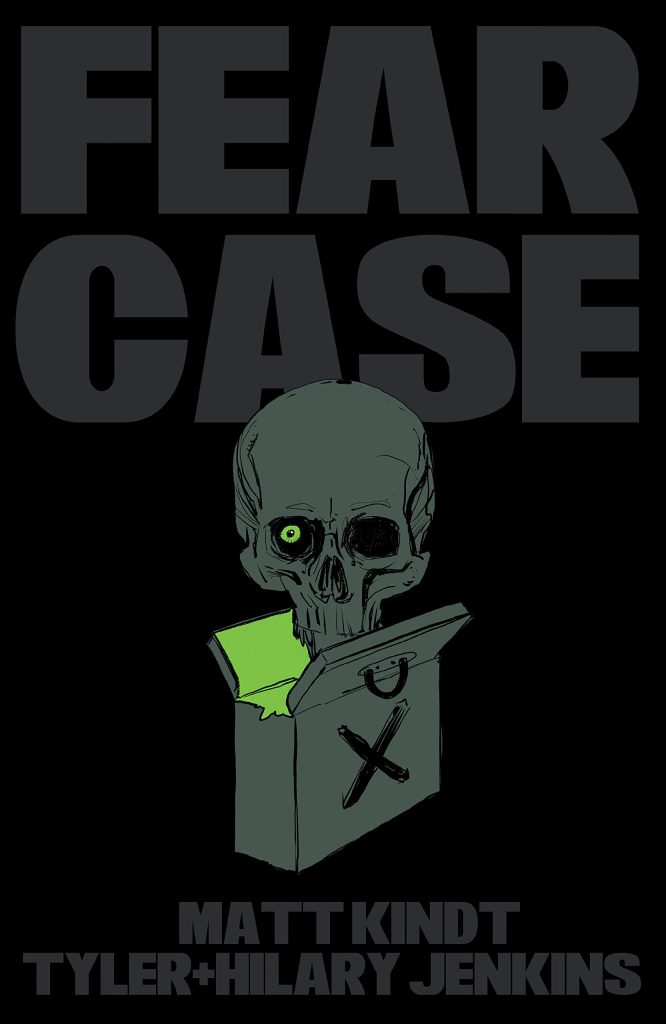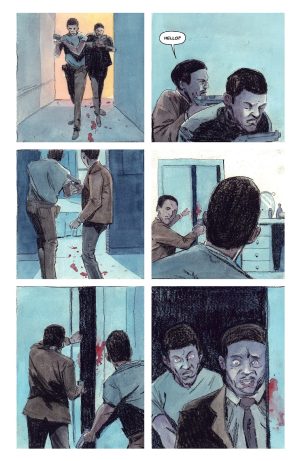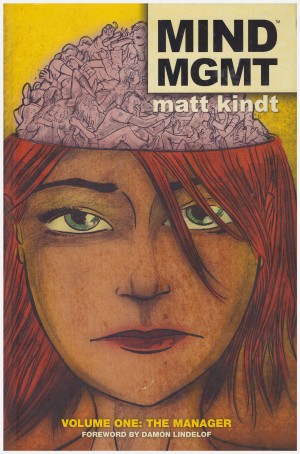Review by Ian Keogh
As part of an ongoing investigation a pair of secret service agents every year are given twelve months to solve the problem of a mysterious case circulating in the USA. Historical records indicate it may date back to antiquity, and it leaves death in its wake. Anyone given it has three days to pass it to the person they hate most in the world or it will automatically fall into the possession of the person they love most. Agents working on the investigation for longer than twelve months devolve into a spiral of depressive obsession, hence the time limit. Mitchum and Winters are due to hand the investigation over in three weeks, but are determined they will close the case, so to speak.
Matt Kindt’s set up has broad similarities to the start of 100 Bullets, in featuring the means of consequence-free revenge, but he ensures the tone is entirely different. While still a crime story, the emphasis is on the relationship between the two agents, with a lot of time spent showing how they knock along together despite very different personalities. For those who want to see it, there’s the subtext of a friendship extending beyond into frustrated romance. That’s contrasted with the horror the case leaves in its wake, and the mystery of what might actually be inside. That no-one really knows makes it Schroedinger’s Case, which is an endearing touch.
Using a more polished version of Kindt’s own loose artistic style, Tyler Jenkins brings cast and situation to scratchy life, although while he’s good on open landscapes and meaningful stares, fixed expressions are the order of the day. That’s not the drawback it might be with other artists, as Jenkins compensates by posture revealing an emotional state.
The mystery of Fear Case is sustained until the end, but at some point you’ll realise it’s not the reason you’re turning the pages, as the relationship between Mitchum and Winters is so strong. In an ideal world the Coen brothers will have sniffed this out and will be enquiring about movie options.
It should also be noted that the printed book suffers slightly from art disappearing into the binding on the opening spread.





